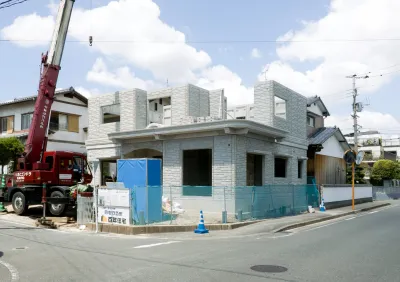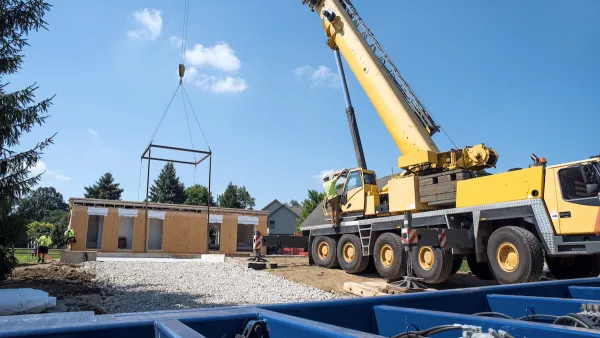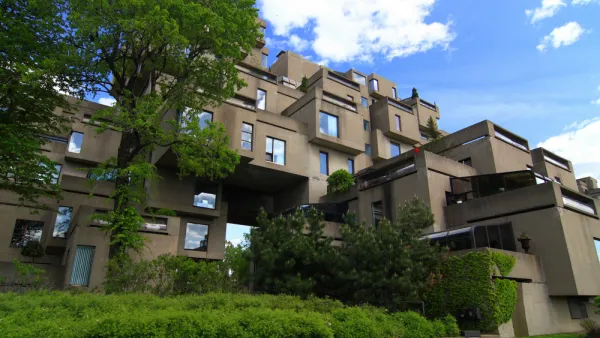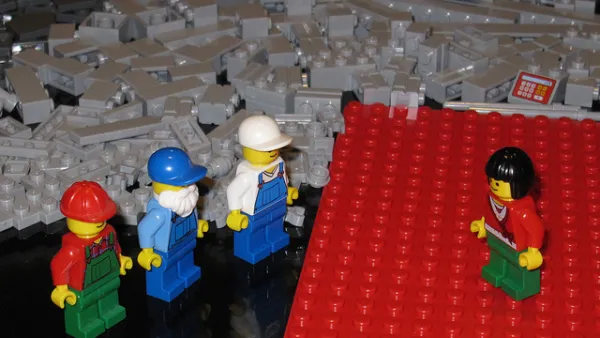When it comes to prefabricated housing, Japan is far ahead of the rest of the world. Will techniques from Japan's efficient modular home manufacturers inform a growing prefab industry in the United States?

Nate Berg takes a deep dive on Japan's unique prefab housing industry. "This approach to construction is becoming almost mainstream in many parts of the world—from Sweden to Germany to Australia. But the world leader in prefabricated housing is undoubtedly Japan. More than 15 percent of the nearly 1 million new homes and apartments built there last year were made inside factories [...]"
In the United States, on the other hand, only about 2 percent of single family homes constructed each year are modular. But that may change. "With advanced robotics, automation, and digital building information technologies—and increasing concern nationwide about the affordability of urban housing—factory-built housing once again seems poised for wider adoption."
Berg discusses the postwar origins of Japan's modular homes, how they've evolved, and how Japanese firms mass-produce housing components on the factory floor. "Typical prefab homes in Japan cost usually in the $300,000s, comparable to conventionally built houses."
While there are some notable prefab projects in the works here in the U.S., like Brooklyn's 461 Dean, "prefab or partially pre-built homes may make their strongest inroads into the current U.S. housing market as a solution to non-conventional housing needs," including housing the homeless or rebuilding after natural disaster.
FULL STORY: Preparing for our prefab future

National Parks Layoffs Will Cause Communities to Lose Billions
Thousands of essential park workers were laid off this week, just before the busy spring break season.

Retro-silient?: America’s First “Eco-burb,” The Woodlands Turns 50
A master-planned community north of Houston offers lessons on green infrastructure and resilient design, but falls short of its founder’s lofty affordability and walkability goals.

Delivering for America Plan Will Downgrade Mail Service in at Least 49.5 Percent of Zip Codes
Republican and Democrat lawmakers criticize the plan for its disproportionate negative impact on rural communities.

Test News Post 1
This is a summary

Test News Headline 46
Test for the image on the front page.

Balancing Bombs and Butterflies: How the National Guard Protects a Rare Species
The National Guard at Fort Indiantown Gap uses GIS technology and land management strategies to balance military training with conservation efforts, ensuring the survival of the rare eastern regal fritillary butterfly.
Urban Design for Planners 1: Software Tools
This six-course series explores essential urban design concepts using open source software and equips planners with the tools they need to participate fully in the urban design process.
Planning for Universal Design
Learn the tools for implementing Universal Design in planning regulations.
EMC Planning Group, Inc.
Planetizen
Planetizen
Mpact (formerly Rail~Volution)
Great Falls Development Authority, Inc.
HUDs Office of Policy Development and Research
NYU Wagner Graduate School of Public Service





























